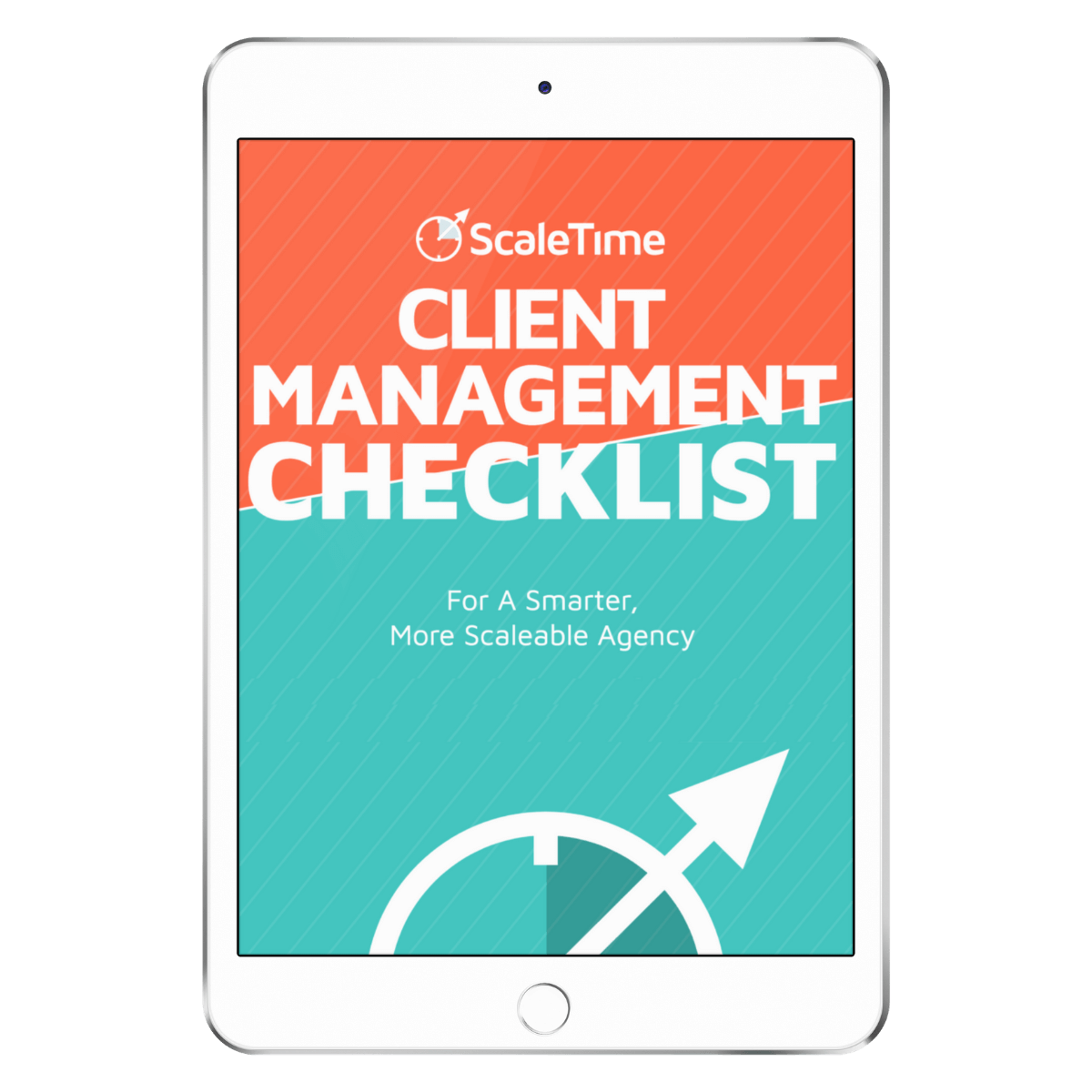
It’s going to happen one way or another.
Maybe it’s because she gets pregnant. Maybe it’s because she gets sick. Maybe he takes a sabbatical or finds a new job. Whatever the reason, one day your top employee is going to tell you they need extended time off.
And in that moment, if you don’t read this article, you’re totally screwed.
The good news is, you’re reading this article, so there’s hope for you yet, youngblood.
You see, here’s what most people do when their top employee leaves:
Freak out and have a nuclear meltdown.
Take on all the work themselves, pretending like everything is fine.
Dump it on some poor, helpless, unsuspecting employee.
Panic, hire someone random and hope they can figure it out.
No, no, no!
What you need to do is create a plan NOW, so that you’re prepared for this moment when it comes. When you prepare, you’ll be able to absorb the shock of the impact without much damage to the business. If you don’t prepare, well, see “freak out and have a meltdown.”
Today I want to share three ways you can prepare for the inevitable loss of your top employee, whether it’s temporary or permanent.

Step #1: Find the docs
One of the biggest challenges owners face when an employee leaves is figuring out where everything the employee was working on is. Is it on their desktop in some folder? Some dungeon drive that hasn’t seen the light of day in years? Even worse, is it in their head, physically inaccessible to anyone besides your employee (at least until Elon Musk creates his brain linking company)?
Before it’s too late, build a clear structure for documentation that all of your employees understand and follow, and create a consistent naming structure so that documents are easily searchable.
Step #2: Track progress
Ah yes, the age-old question: Is my employee almost done with that client deliverable or have they yet to start?
If you don’t have clear insight into your employee’s progress on client work, you might as well be working alone. As the owner of your business, you need to be steering the ship in the right direction, but the only way you can do that is if your employees are rowing.
To solve this issue, implement a project management system with clear workflows, so you always know where any project is. This allows you to easily handoff work to different employees when another one has delays or roadblocks.
Do this and you’ve suddenly got a ship full of vikings, all rowing together towards Valhalla ($$$).
Step 3: Handoffs
Oh damn! Did I just say handoffs?
Why yes, yes I did.
When you’re employee says they’re going to take leave, who is going to handle their workload? Plan this out BEFORE they leave.
Can you shift their workload to one or two other people on the team? If this is your plan, do those employees have the capacity? You don’t want to shift the workload to people who can’t handle it.
Will you hire a temporary employee who will fill the gap while they’re gone? If so, how will you get them up to speed?
Will you promote another employee to take on the workload and then hire a new employee to fill that employee’s space?
Or will you hire someone new who will continue working with you when your #1 returns? If so, where will you find them?
These are all critical questions to ask before they’re necessary to answer.
So there you have it…
When you’re adequately prepared for your employees to leave, you can actually mean it when you congratulate your #1 employee when she tells she’s pregnant.
ScaleTime Tips:
- Make sure everyone on the team has access to documents and client progress
- Make sure you have access to progress
- Make sure you can easily hand off their work
Have you ever lost your top employee before? If so, how did you handle it?





















%20(1).gif)
